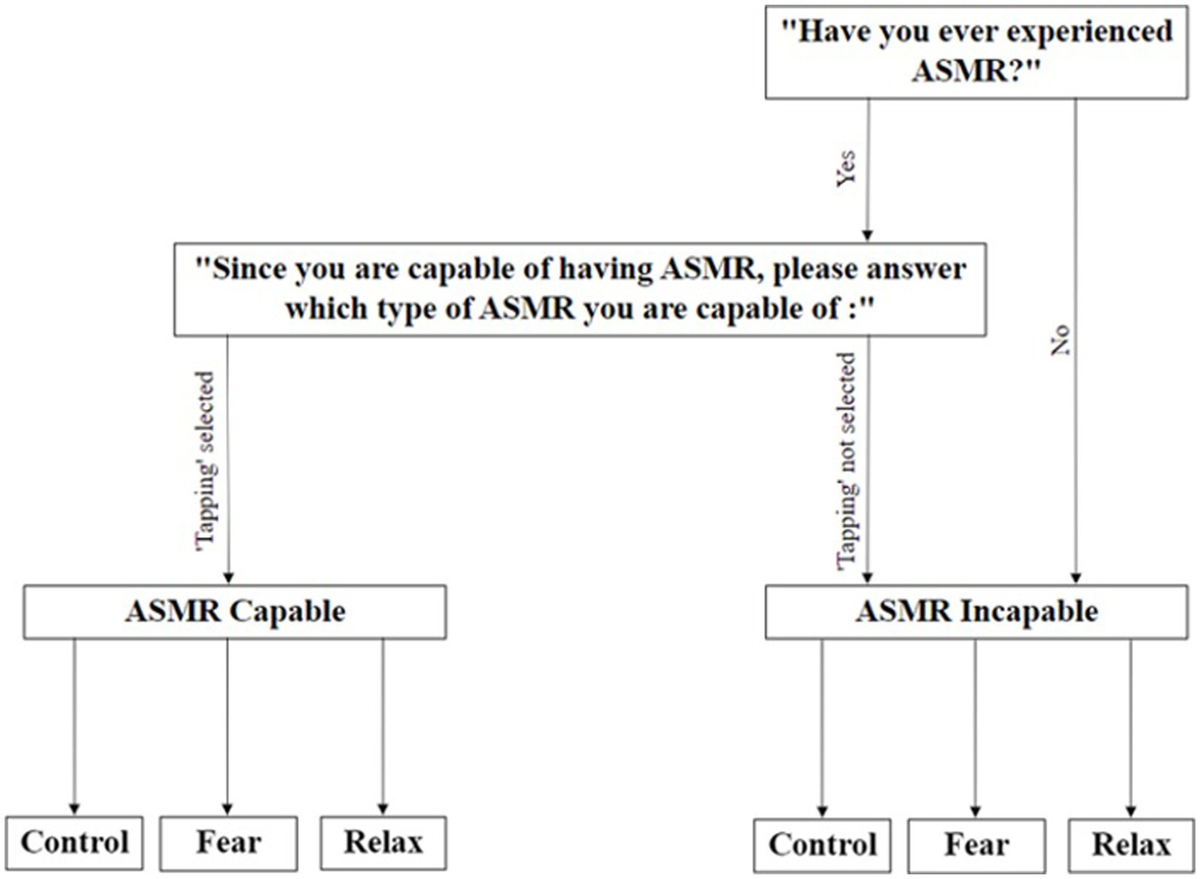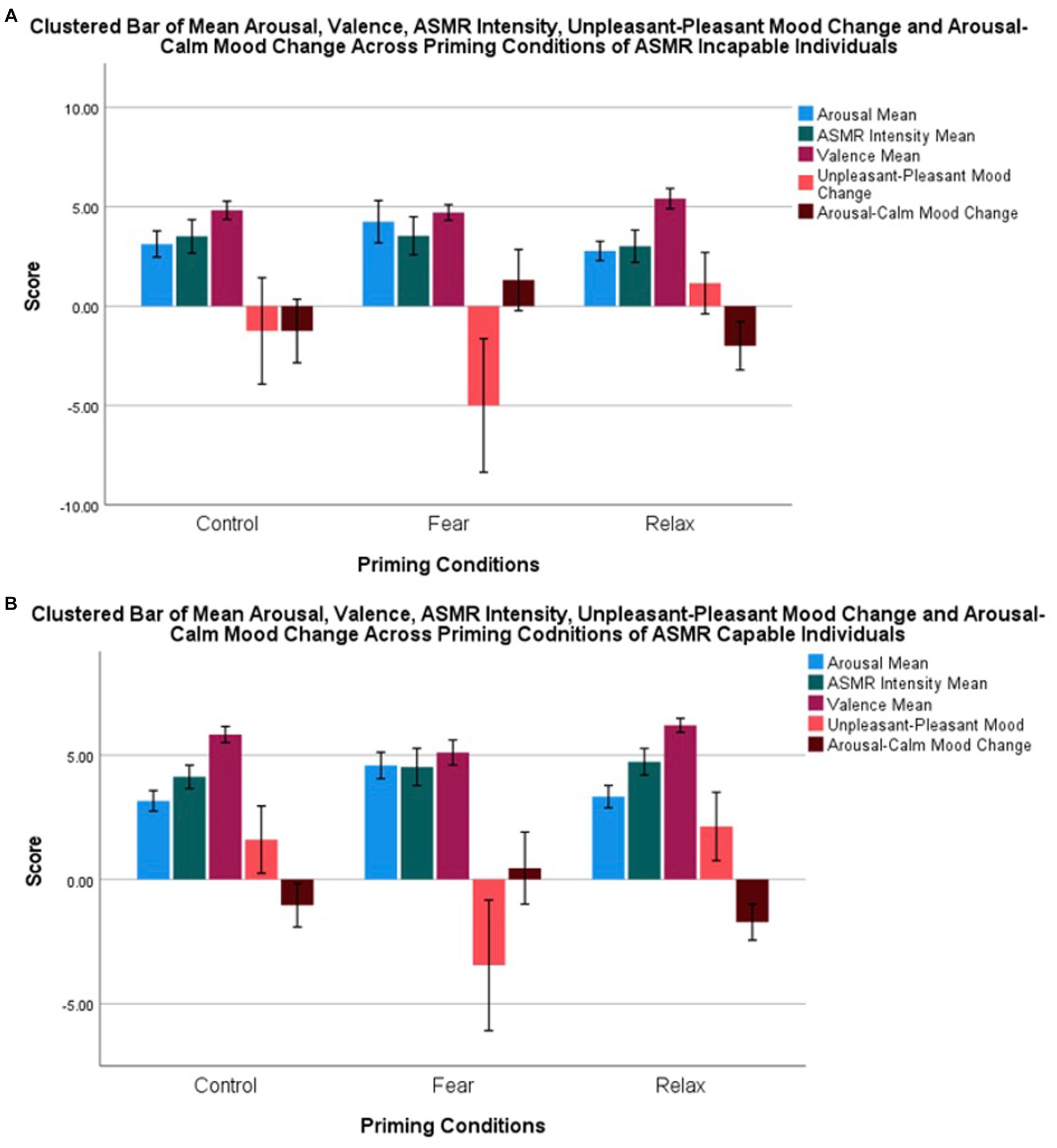
Introduction to ASMR
Autonomous Sensory Meridian Response (ASMR) is a sensory and emotional phenomenon characterized by a tingling sensation that typically begins on the scalp and moves down the spine, often accompanied by feelings of relaxation and tranquility. ASMR is triggered by specific auditory, visual, or tactile stimuli such as whispering, tapping, and slow hand movements. The experience has gained popularity in recent years, particularly through platforms like YouTube, where many 'ASMRtists' create content specifically designed to elicit this response in viewers[1][4][10].
Neurophysiological Mechanisms of ASMR

Recent research has focused on understanding the underlying neurophysiological mechanisms of ASMR. Studies using neuroimaging techniques, such as functional magnetic resonance imaging (fMRI), have revealed distinct patterns of brain activity associated with ASMR experiences. Notably, these studies indicate that individuals who experience ASMR show activation in several key areas of the brain, including:
Medial prefrontal cortex: Involved in self-awareness and social cognition.
Nucleus accumbens: Associated with the brain’s reward system, which plays a role in pleasure and motivation.
Anterior cingulate cortex and insula: These regions are linked to emotional arousal[5][9][10].
Moreover, specific brain network dynamics, particularly within the Default Mode Network (DMN), reveal that ASMR experiencers generally demonstrate reduced functional connectivity compared to those who do not experience ASMR. This indicates a unique neural response during resting states, which may influence how ASMR stimuli affect emotional and sensory processing[9][10].
Physiological Responses to ASMR

ASMR is not just a subjective experience; it also corresponds with measurable physiological responses. Research has shown that watching ASMR videos can lead to:
Decreased heart rate: Experiencers of ASMR demonstrated significantly lower heart rates while watching ASMR content compared to control videos, with an average decrease of 3-4 beats per minute. This reduction is indicative of a relaxation response similar to those seen in music therapy and mindfulness practices[8][10].
Increased skin conductance: This measure reflects an increase in physiological arousal. ASMR participants exhibited significant increases in skin conductance while watching ASMR videos, suggesting heightened attention and emotional engagement[9][10].
Additionally, these physiological markers support anecdotal claims that ASMR can enhance mood, relieve stress, and promote relaxation. Participants report feeling more excitement, calmness, and a decrease in feelings of stress and sadness after viewing ASMR videos[8][10].
Personal and Psychological Factors Influencing ASMR
The ability to experience ASMR varies significantly among individuals, which researchers attribute to underlying personality traits. Evidence suggests that those who score higher on measures of Openness to Experience and Neuroticism tend to have heightened sensitivity to ASMR stimuli. These personality traits may predispose individuals to respond emotionally to the nuanced auditory and visual triggers characteristic of ASMR videos[9].
This sensitivity also appears to correlate with physiological differences, as individuals who experience ASMR often report a greater sense of emotional connectedness during these experiences, which may enhance overall well-being[8][9].
Emotional Amplification and ASMR
Emerging research explores whether ASMR can amplify existing emotional states rather than being solely a source of relaxation. Studies indicate that ASMR responses can occur across various emotional contexts, meaning that they can both suppress and enhance feelings of contentment based on how the stimuli are interpreted[2]. For instance, ASMR responses have been documented even in contexts that involve fear, suggesting that the emotional framing of ASMR stimuli plays a crucial role in the resultant experience[2][4].
Therapeutic Potential of ASMR

Given its calming effects and ability to enhance mood, ASMR demonstrates potential for therapeutic applications. It is increasingly being considered as a tool for managing anxiety, stress, and even insomnia[9][10]. The physiological effects, such as decreased heart rate and increased feelings of relaxation, align with its proposed use in therapeutic settings. Nonetheless, researchers stress the importance of understanding the parameters and individual differences in ASMR responses to maximize its benefits and mitigate any adverse effects associated with negative emotional experiences[2].
Conclusion
ASMR represents a complex interplay of sensory experience, emotional response, and physiological change. It offers insights into how specific triggers can evoke profound feelings of relaxation and connection across individuals. As awareness of ASMR grows, so too does the need for further research to explore its mechanisms and potential therapeutic uses effectively. By appreciating these aspects of ASMR, we can better understand its appeal and applications in enhancing mental health and well-being.
Get more accurate answers with Super Pandi, upload files, personalized discovery feed, save searches and contribute to the PandiPedia.
Let's look at alternatives:
- Modify the query.
- Start a new thread.
- Remove sources (if manually added).